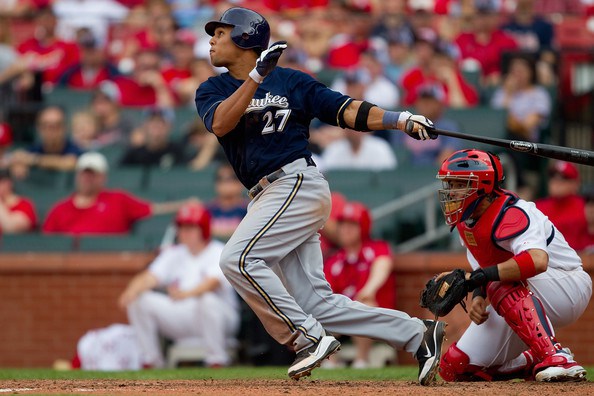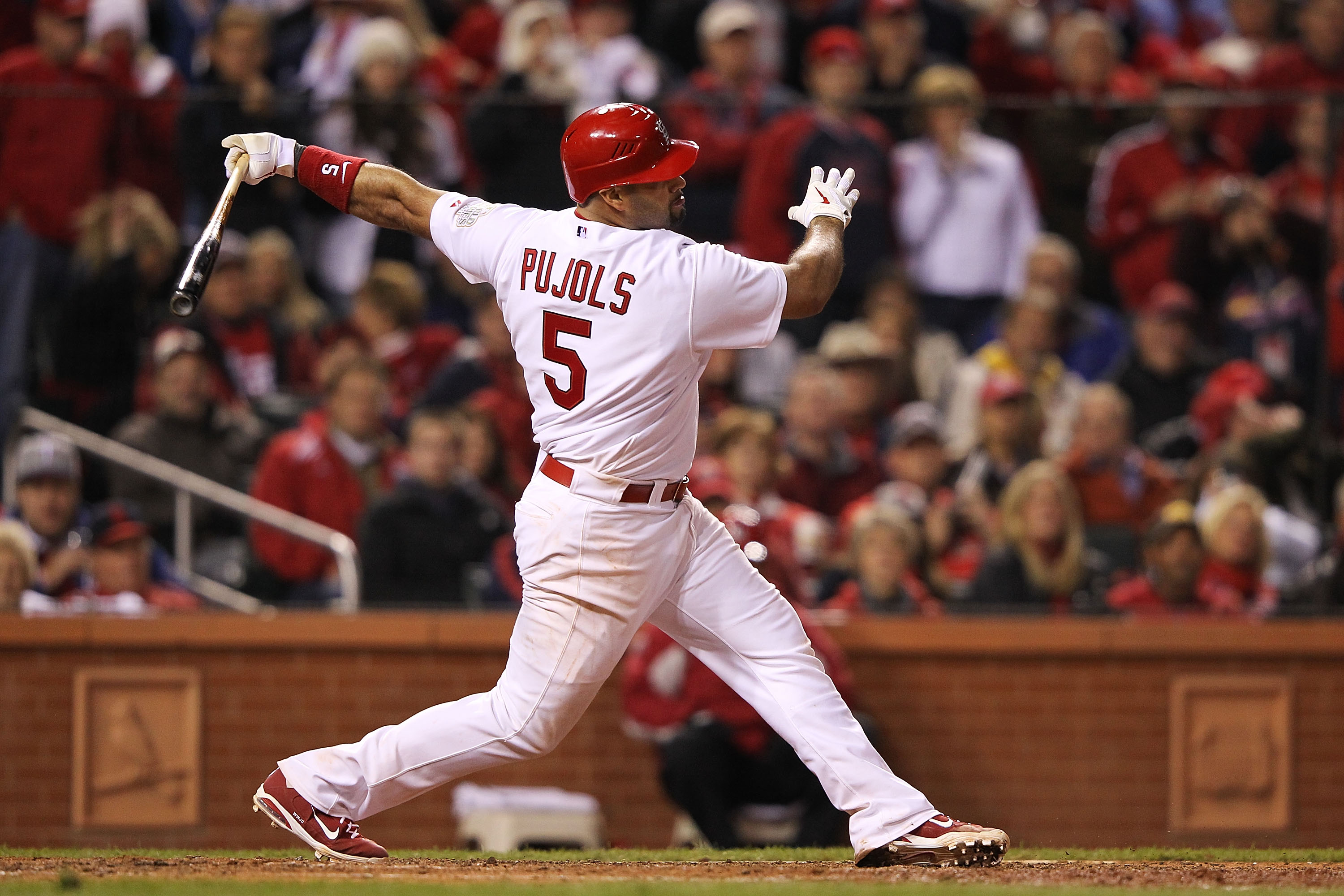The title here asks a question I’ve always wondered when playing MLB DFS. Everyone knows Coors Field, home of the Colorado Rockies, is the best hitters park, and by a pretty wide margin. Other parks as well, like Globe Life Park in Arlington (Rangers) and Chase Field (Diamondbacks), have consistently been friendly to home and opposing batters alike. But how does that translate to fantasy success? Or even more important – does it at all?
The reason it’s not a straight correlation is because of site pricing – it’s not a secret that Rockies players score a lot of runs at home, and sites adjust their salaries accordingly. As such, while they might score more fantasy points than the normal batter, they may not necessarily be the best value. Thankfully, because of the awesome data we can access in Player Trends, we can quantify this.
To do this, I took the average runs scored over the last five years at each park and ranked them accordingly. I then looked at the Plus-Minus for batters at each park and examined the difference. Plus-minus is just actual fantasy points minus expected fantasy points – something we calculate based on site pricing. Here are the results:

If there were a strong correlation between the two, we’d expect the Plus-Minus Rank line to mirror the Park Rank line. As you can see, that doesn’t happen. It does for some – Coors Field indeed is far and away number one in both rankings – but some parks show a stark difference. And we like differences in DFS – differences can be exploited.
This graph shows that as a daily fantasy player, you shouldn’t hold park factors found on whatever MLB site you frequent as your Bible in judging parks and fantasy potential. In fact, our Plus-Minus is a much better metric in terms of value in fantasy baseball. Good news, too: with our Trends tool, you can assess exactly how batters actually perform – specific batters, even – in relation to their salary-based expected performance.
If you’re curious, here’s what I’ll call the “Fantasy Park Factors”:

A park like PNC Park in Pittsburgh can certainly afford some value – they’re considered a bottom-10 park by runs scored, but as shown by Plus-Minus, batters there actually outperform their expected production at a top-five rate. While other DFS players would potentially avoid a batter because of their park factor research, you can safely roster Pirates bats knowing you’re actually getting positive value at that stadium.
Quickly, a note on Coors – I wasn’t expecting at all for the Plus-Minus to be so much higher at plus-2.04. This shows that even though Coors batters are priced higher to adjust for their Park Factor, it isn’t even close to dropping them to the point where they aren’t a value. Now, they could possibly have a value hit because of high ownership – or due to changes in site pricing – but that’s a different topic for another day. In terms of production, though, Coors players – both Rockies and their opponents – are probably still an immense value, assuming their salaries don’t increase substantially.
I hope this article will be just one of many research topics in which we can gather useful DFS data, learn new things, and even debunk some old fantasy myths. Please check out our Trends tool and let me know if you come across anything interesting – I’d probably love to research it as well and even write about it. Until next time, good luck in your contests.





